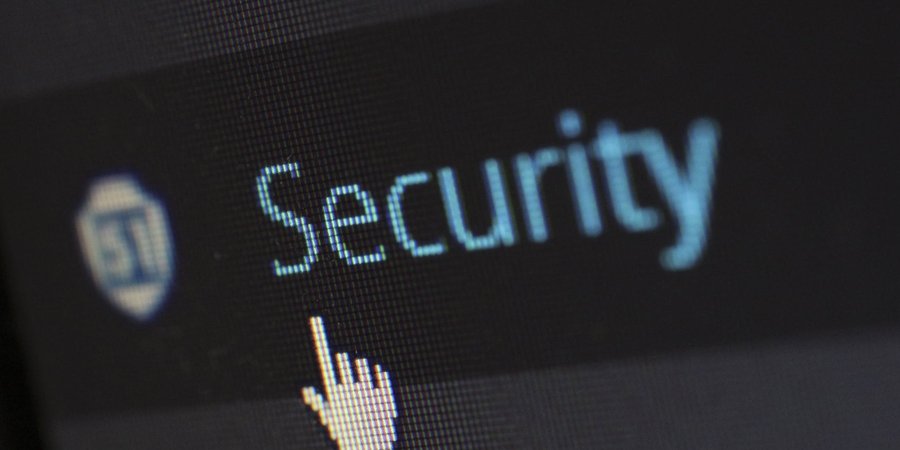And this is just as well; there has never been a greater need to connect students, classrooms, and buildings. Student enrolment (who are always more tech savvy and more expectant than the year that preceded them) continues to rise, and the benefits of technology – better grades and greater staff well-being – are necessary if schools are to maintain high levels of performance during the challenging time of digital transformation.
What’s key, however, is that cyber security is taken seriously. Not in a way that restrains a school’s ambitions to innovate, but so that technology is controlled and managed with caution to protect the students. This will become increasingly important as schools and universities expand deployment of digital, collaborative and immersive learning environments across new and modernised buildings and campuses.
Here’s a closer look at some of the advances many schools are making today, and the security measures that can, and should, be taking to protect their data and reputation.
The changing face of education
There are exciting times ahead for the education industry. Typically this sector is one of the last to make extensive change, but thanks to the ambitions of teachers keen to engage better with students, the classroom of yesteryear is starting to transform. In many schools, where Wi-Fi was once limited to a handful of classrooms, now any room can be used as an IT suite. New tech such as eLockers are being trialled as a way of empowering students and encouraging self-paced learning. And, rather than deter the use of personal devices, they are becoming increasingly more embedded in the educational toolset.
And so, by enabling a more digital workplace, staff will be freed up to make faster decisions and engage students whose learning styles vary. Already we’re seeing education employees reap the rewards of technology. In our recent study of more than 1,000 employees, almost three quarters (74%) said they could accomplish more throughout the day and had the opportunity to develop new skills (74%).
However, as the smarter classroom gradually becomes a reality, so the question of security – and how it is managed – must be addressed.
Keeping security in check as progress is made
Worryingly, just under half (49%) of teachers admit they rarely (if ever) think about cybersecurity, despite 91% acknowledging its importance. In addition, more than three-quarters (76%) believe there is room for improvement in the way connected tech is managed.
This is a challenge for institutions. Schools, colleges, and universities alike share the same priority: providing the best possible education to cater to students whose expectations are growing exponentially. To connect with them in a meaningful way requires reliable, optimised, and personalised learning experiences. But an influx of Internet of Things (IoT) devices and a cohort that aren’t all trained in security best practices, puts networks at risk of intrusion. And, more seriously, puts young people at risk of communication from people who may wish to abuse, exploit, or bully them.
Tackling this issue requires both accountability and an autonomous approach to security. Ensuring there is ownership over IoT security is imperative, and some institutions have appointed “digital champions” who review technology and share practices that foster innovation.
Technology, too, will play its part in managing the cybersecurity risk. Colleges and universities must implement new tools that go beyond traditional cybersecurity measures, such as User and Entity Behavior Analytics (UEBA), which identify patterns in typical user behaviour and flag any anomalies. These kinds of solutions don’t hinder employee creativity, collaboration, or speed as many clunky security systems do. Instead, they provide real-time protection and enable quick responses should a network breach occur.
Enthusiastic pupils are a huge opportunity
It’s important that a focus on security doesn’t take away from the bold ambition demonstrated by the education sector. In many ways, this industry in a totally unique position. Every day, it interacts with an enthusiastic generation that gets more technologically sophisticated each year. In few other, if any, sectors is there such a huge cohort of people as adaptable and receptive to new ways of working.
This is where the opportunity lies for teachers, who can challenge the traditional way of teaching. But in order to do so, they cannot be shackled by the fear of cyber risk. Instead, education employees must continue to push themselves to investigate what other innovations can be implemented in order to enhance student learning.

There’s no doubt it can feel overwhelming for many to think about how to make improvements while dealing with a demanding timetable. However, by investing in automation technology that streamlines processes and provides protection, the opportunity of a digital workplace can become a reality. This will drive greater efficiencies, freeing up space in the day to innovate and try new things.
With the right technology in place, and a security strategy that ensures accountability for the management of said technology, there is huge potential for educational institutions to become efficient, productive and inspiring digital workplaces. The enthusiasm for transformation is already there. With the right security strategy, I’ve no doubt the future of education will be bright.
Find out more about Aruba’s thinking on security in the education sector, and how employees can start getting ahead of threats without hindering innovation.
Want to receive cutting-edge insights from leading educators each week? Sign up to our Community Update and be part of the action!


















